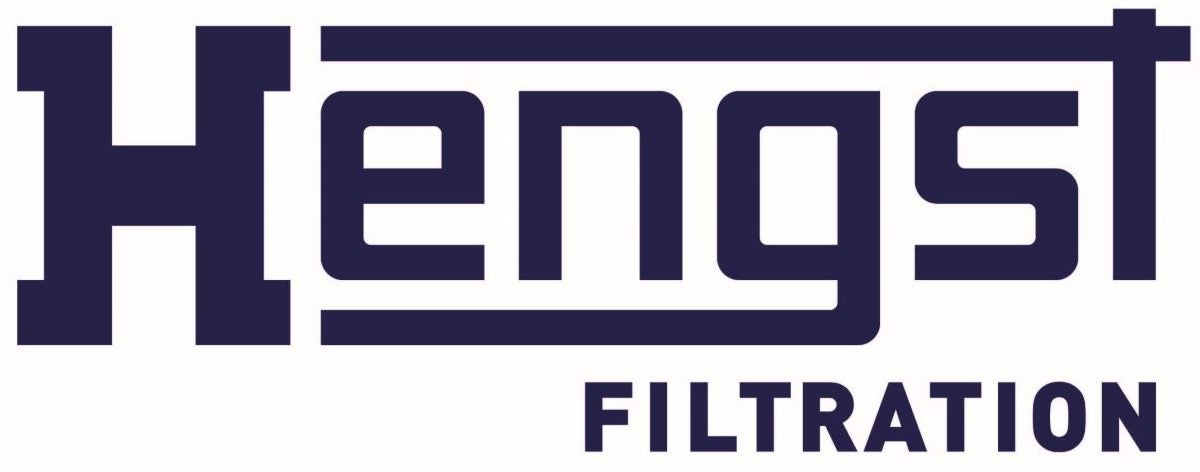
Adsorption methods of filtration use an activated carbon filter to remove pollutants from the air. Protection against indoor particulate pollution is not a new topic of discussion, but it has seen an increased amount of public interest in response to the spread of COVID-19.
The increase in the usage of adsorption filters in ventilation and air-conditioning systems led to the publication of the first two parts of DIN EN ISO 10121 in 2013 and 2015 respectively, which describe standardised testing methods for adsorptive media (part 1) and the filters themselves (part 2). For both media and filters, the adsorption capacity for pollutant gases is the applicable test parameter. Additional tests include the initial efficiency, the residual load and after desorption.
While these testing methods provide manufacturers and users with a basis for evaluation, they do not always provide a direct means of comparison.
Why we need classification for comparison
According to Thorsten Stoffel, product manager for air-filtration manufacturer Hengst (formerly Delbag): “Until now, we have not had any rating for gas filters. Consequently, the user of activated carbon filters did not have any information about how well a gas filter fit the purpose for a particular application- it was frequently left to a trial-and-error procedure.”
Introduced in October 2022 ISO 10121-3 provides a classification system, therein making it possible to lay down concrete specifications for the selection of adsorptive AHU filters in standards, such as DIN EN 16798-3.
“A third part of ISO 10121 came into force on an international level,” Stoffel explains. “It describes the classification of activated carbon filters. The classification of the classes can very simply reflect the same approach that was taken according to ISO 16890 for fine dust.”
ISO 16890 described four distinct filter classes. Upper classes have higher criteria for how much dust they hold back, thus users know which class of filter is suitable for their application depending on factors such as the coarseness of generated dust.
Similarly, four classes have been set up for gas filtration. These are comprised of VLD30 for very light-duty filters, LD 60 for light-duty filters, MD 60 for medium-duty filters, and HD 60 for high-duty filers. The parameters for gas filter classification and testing methods are presented and explained by means of an example, making the selection process for users much more efficient.
Currently, The Institute for Energy and Environmental Technology (IUTA) is evaluating ISO 10121-3 to test the practical implementation of the classification, as well as develop a guideline with assistance for the implementation of this part of the standard.
In the whitepaper below, Hengst outlines the relevant parameters for classification, including an example of a classification result. Additionally, the paper explains the test method for adsorptive AHU filters according to Part 2 of the standard. Download it now to find out more about the standardised recommendations for the selection of adsorption filters based on ISO 10121-3.


